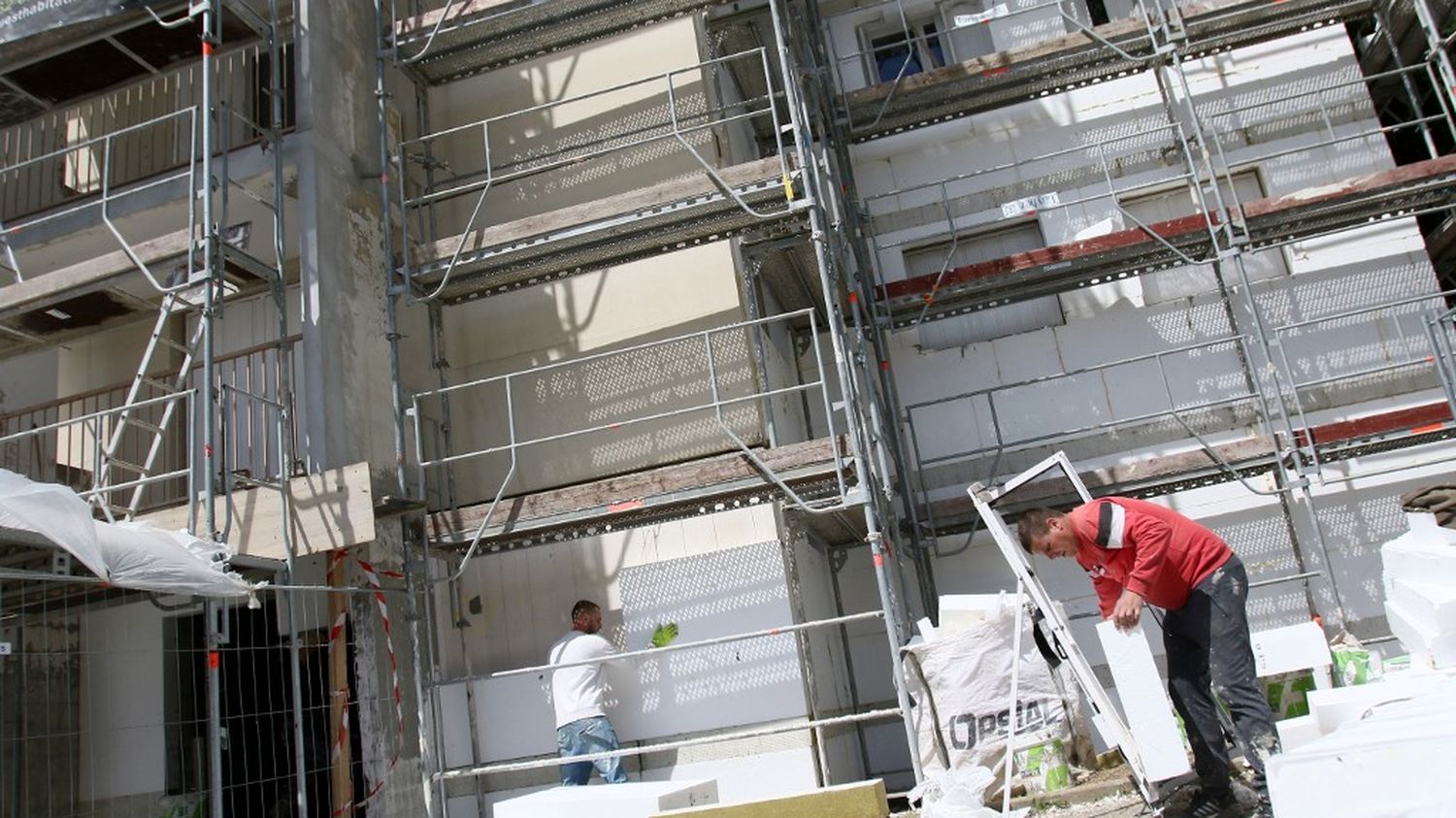Some owners must now have an energy audit carried out in the event of the sale of their home. The latter must list the works to be carried out to achieve better energy performance, as well as the existing aid to finance them.
Be careful if you plan to sell your house soon. The obligation for certain owners of real estate to carry out an energy audit in the event of a sale comes into force on Saturday April 1, after several postponements, to give the sector time to prepare. This measure, provided for by the Climate and Resilience Law of 2021, concerns houses and apartment buildings belonging to a single owner and very energy-intensive. However, condominiums are not affected. Franceinfo tells you more about this new obligation.
1 What is the regulatory energy audit?
Since April 1, an energy audit must be carried out before the sale of a house or an apartment building belonging to a single owner, if the building is classified F or G in the energy performance diagnosis (DPE), that is, if it is a “thermal strainer”. More than five million homes (or 17% of the stock of main residences) are affected by this label, estimates the National Observatory for Energy Renovation. On the other hand, the obligation does not apply to condominiums.
The regulatory energy audit must provide, in addition to the DPE, already mandatory for sales and rentals of housing, a precise detail of the work required to carry out an efficient energy renovation, all at once or in stages, with an estimate of the energy savings thus achieved. To be considered “efficient”, this renovation must make it possible to achieve classes B or C and must take into account six work items: insulation of walls, low floors, roofing, exterior joinery, ventilation and heating production. and hot water.
In addition to the details of this work, the energy audit must also provide an estimate of their amount and a list of aid to finance them. “The completion of the recommended work is not mandatory to conclude the sale: the objective is to inform the buyer, so that he integrates this work into his purchase project.details the public service site.
2 Why is it mandatory?
The implementation of this additional measure for sellers is linked to “a context of very sharp changes in energy prices” And “while the fight against global warming requires a significant reduction in greenhouse gas emissions linked to fossil fuels”details the Ministry of Energy Transition. However, the moment of the purchase of a property is ideal to finance and carry out energy renovation works. “The financing of works is indeed simpler within the framework of a global loan contracted on the occasion of the purchase of the property”, writes the ministry. And “it is also easier to carry out work in apartments that are free of any occupation”.
It should be noted that properties classified E in the DPE will in turn be subject to this obligation from January 1, 2025. And those classified D will be concerned from January 1, 2034. In Guadeloupe, Martinique, Guyana, Reunion and in Mayotte, an extension has been granted, and this obligation will apply for goods F and G as of July 1, 2024 only.
3 Who can do it?
The audit must be carried out on the initiative of the owner of the building, and at his expense. The document, valid for five years, must be given to the prospective buyer on the first visit to the property and be attached to the promise of sale. It must be drawn up by an independent professional who has taken out insurance, who cannot subcontract all or part of the audit. These may be qualified design offices, architectural firms that have undergone training, certified companies, or even real estate diagnosticians already carrying out DPEs, under certain conditions. To find an approved auditor near you, you can go to france-renov.gouv.fr/annonce-rge. The price of the audit, which is not regulated, generally varies between 500 and 1,500 euros, ensures The world.
To carry out this diagnosis, the auditor must go on site, but can also rely on measurements or supporting documents (plans, photographs, invoices for the work carried out, various technical diagnoses, etc.). Energy consumption and associated greenhouse gas emissions are then estimated using a conventional calculation method (PDF) energy performance diagnosis.
